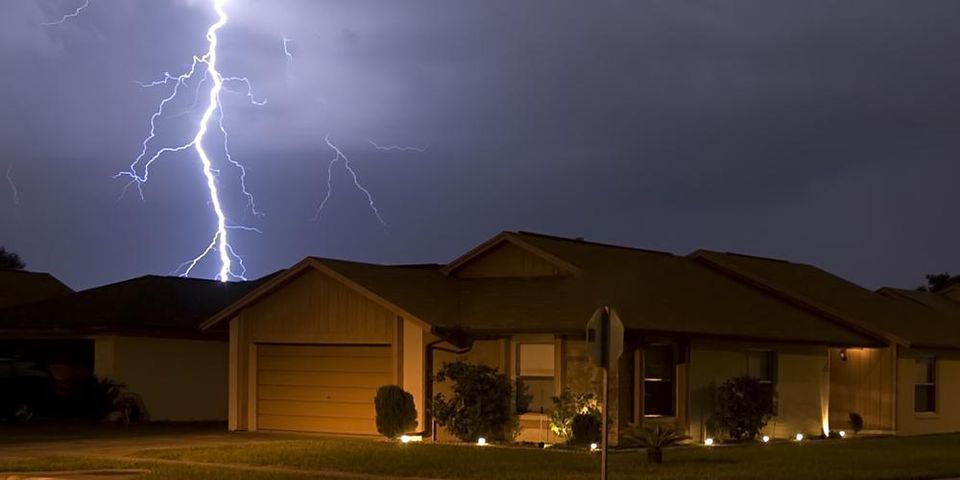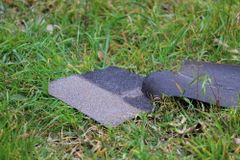
Timing is everything when it comes to repairing storm damage. The combination of high winds and loose debris can wreak havoc on residential roofing, which could cause a variety of issues to develop. Here’s a guide to help you properly assess the condition of the roof after a storm has blown through.
4 Tips for Detecting Storm Damage on Residential Roofing
1. Start at Ground Level
The first place you should look is around the base of the home. Note any shingles, branches, or bits of metal on the ground before bagging them up for the trash. These indicate roof damage, so you should set up an inspection with a roofing contractor as soon as possible.
2. Check the Gutters
 Gutter systems tend to catch granules chipped off shingles, indicating when weak points are developing along the surface of the roof. Look for areas of the gutter system pulling away from the house as well, which can allow water to get in under the eaves.
Gutter systems tend to catch granules chipped off shingles, indicating when weak points are developing along the surface of the roof. Look for areas of the gutter system pulling away from the house as well, which can allow water to get in under the eaves.
3. Inspect the Interior
One of the top signs of damage on residential roofing is interior leaks. Walk through the attic or any rooms underneath the roof, keeping an eye out for areas that seem slightly damp. Place a bucket under active drips to prevent further damage until a roofer can come out to complete the repair.
4. Scan the Rooftop
Sometimes the best way to identify storm damage is by looking at the roof from ground level. Stand a good distance away so you can see the peak. Pinpoint any missing shingles and dents that may have occurred during the storm. This information will help a roofing professional better prepare for repairs.
If you’re concerned about the condition of your roof after a storm, reach out to Al Rezentes Roofing. These experts have provided quality roofing services throughout Oahu for over 30 years. They specialize in both commercial and residential roofing. Learn more about this team’s qualifications by visiting their website, and call (808) 230-8005 to set up an appointment.
About the Business
Have a question? Ask the experts!
Send your question

